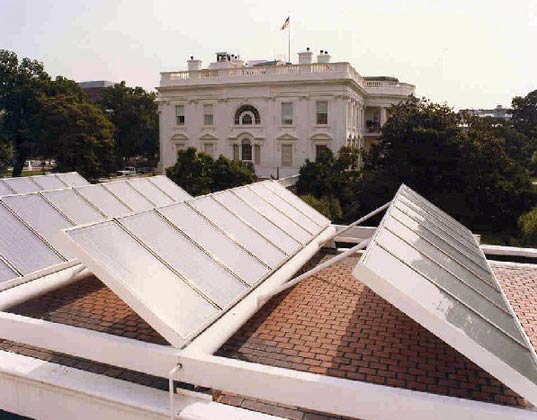Eco-Friendly Things To Do During Self-Quarantine and Pandemic Lockdown
Whether you are voluntarily self-isolating or under a mandated shelter in place order, staying inside all the time can be boring. Some people may find they enjoy the peace and quiet, but others will become restless and that extra energy must go somewhere. You can start several projects to keep yourself busy while you stay at home. Now is the perfect time to revamp or renovate your house’s interior with fun environmentally friendly projects to stave off boredom. You can even incorporate solar energy without having to install traditional solar panels. Below are a few eco-friendly ways you can renovate your home while staying safe during quarantine, but feel free to come up with your own creative projects for your unique house.
Energy Audit
Before you can set about making your home more environmentally friendly, you need to know where you are starting. An energy audit will tell you what areas of your house use the most energy and highlight any unknown energy inefficiencies. Window and door gaps, outdated appliances, and an HVAC in need of maintenance can all result in wasted energy, but without an energy audit, you may have never noticed. Many homeowners are shocked by the results of their energy audits, but you cannot truly improve without measuring your starting position.
Energy audits are usually performed by a trained professional, but the current COVID-19 pandemic is likely affecting the number of auditors available to inspect homes. The US Department of Energy recommends using the Residential Energy Service Network to find a professional auditor in your area. Even if the energy auditing services in your area are suspended due to the pandemic, save the contact information so you can call an auditor to inspect your home once it is safe.
While not as thorough or comprehensive as a professional energy audit, you can inspect your own home for energy inefficiencies. Test doors and windows for drafts, inspect your HVAC unit and determine when it was last serviced, test your refrigerator door seal for air leaks, and note what type of light bulbs you are currently using. Window and door leaks can be easily fixed by adding weather stripping and outdated light bulbs can be swapped for energy-efficient models. Unless you are properly trained, do not attempt to service your own HVAC unit as mishandling the unit could damage it.
Better Light Bulbs
The incandescent light bulb has been the standard bulb for years, but new technology has created superior light bulbs that are far more energy-efficient. CFL and LED light bulbs last longer, shine brighter, and use less energy than standard incandescent bulbs. CFL and LED bulbs come with a slightly higher price tag than incandescent bulbs, but they are well worth the investment. A single CFL bulb has an average lifespan of 8,000 hours and an LED bulb will shine for roughly 25,000 hours. Compare those impressive lifespans with the incandescent bulb’s paltry 1,200-hour lifespan and it becomes clear that the incandescent bulb is outclassed by both CFL and LED bulbs. The longer a bulb’s lifespan, the less frequently you will have to replace dead bulbs which saves you money over time. Lumens are a measurement of brightness and the average household light bulb produces between 650 and 800 lumens. An incandescent bulb requires 60 W to achieve between 650 and 800 lumens while a CFL bulb only takes 13-18 W and an LED bulb only needs 7-10 W. You can achieve the same level of brightness for a fraction of the energy cost by switching to CFL or LED light bulbs.
Smaller Solar
When people think of solar energy, they usually imagine solar panels mounted on building roofs or other tall structures, but there are other types of solar energy. Some traditional solar panel installers are still taking orders if the solar panels can be installed without entering the house, but in these uncertain times, you may be looking for something smaller and less financially significant. Smaller and often portable solar generators range in size, weight, and capacity, but their purpose remains the same. Solar generators use small solar panels to generate energy that is then stored in an internal battery until it is needed. Some solar generators have a variety of power output options (AC, USB, 12V, etc.) that let you power many different devices. Large solar generators can power a refrigerator, but most solar generators are designed for small electronic devices. Consider your energy needs to determine what size solar generator is right for you.
Our day-to-day lives have changed and we are now spending more time at home than ever, but you can use this time to improve your home. Tackle small projects you can safely complete at home. Inspect your house to identify energy-wasting issues, order more efficient light bulbs, and consider adding a solar generator to power your small devices.



